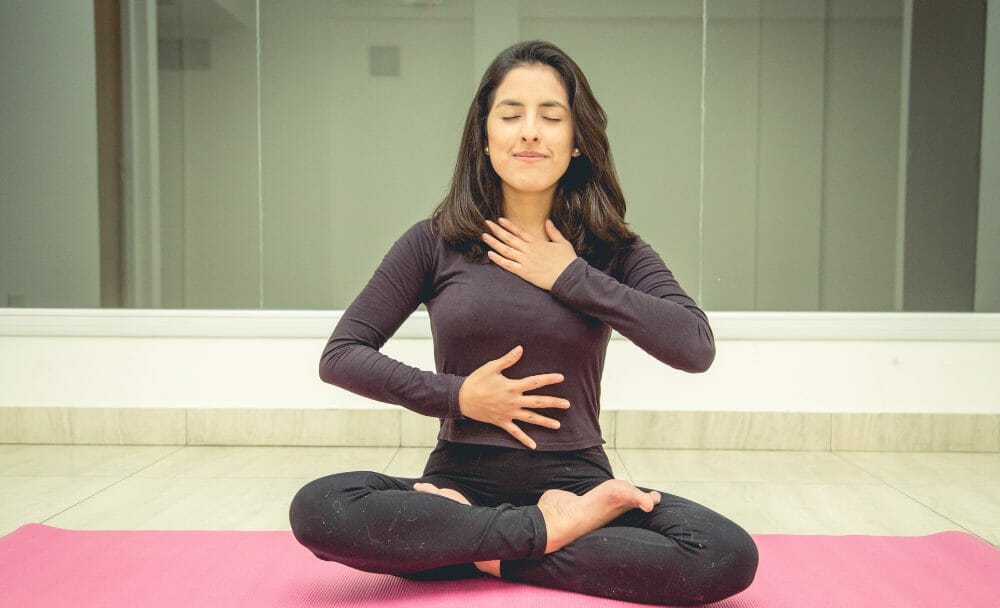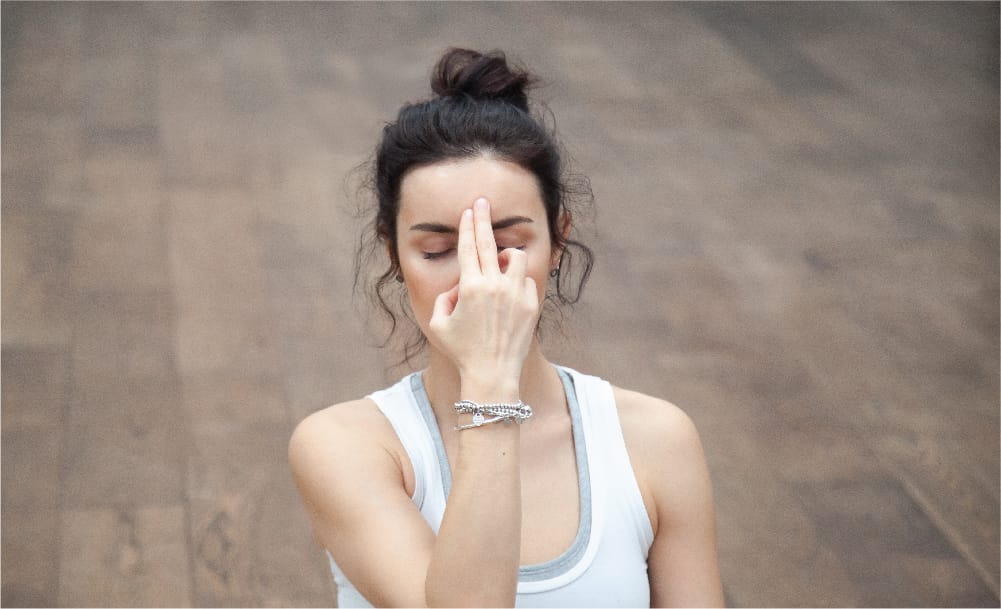
Cardiovascular complications are a leading cause of premature death in both men and women. Unhealthy lifestyles, disturbed sleep routines and stress are some major modern-day problems that give rise to cardiovascular diseases. Lifestyle modifications and yogic practices are important factors in the treatment, prevention and rehabilitation of cardiovascular disorders.
Yoga is an ancient Vedic science that is said to be originated in the Indian subcontinent around 5000 BC, it is considered to be one of the best lifestyle modifications in Ayurveda. Yoga includes Asana (body posture) and Pranayama (regulated breathing).
Pranayama
Pranayama is considered to be one of the most profound Yogic practices. The word Pranayama is made from two important Ayurvedic concepts Prana (vital energy) and Ayama (expansion) thus, the word Pranayama means expansion of the dimension of Prana.
There are four important aspects of breathing in Pranayama practices
- Puraka (inhalation)
- Recaka (exhalation)
- Antah Kumbhaka (internal breath retention)
- Bahih Kumbhaka (external breath retention)
- Kevala Kumbhaka (spontaneous breath retention)

Pranayama for Heart Disease
Pranayama involves the manipulation of breath. Regular practice of Pranayama helps in increasing lung capacity, improves heart functions and reduces stress. Different types of Pranayamas produce different results in cardiovascular situations.
According to a study conducted to compare cardiorespiratory parameters before and after Pranayama among 120 healthy students in the age group 18-25 years revealed that there was a significant decrease in RR (respiratory rate), HR (heart rate), SBP (systolic blood pressure), and DBP (diastolic blood pressure) after Pranayama practices. BHT (breath holding time), FVC (forced vital capacity), FEV1 (forced expiratory volume in 1), PEFR (peak expiratory flow rate), handgrip, and rate of oxygen uptake per minute were significantly higher after Pranayama practice. The research concluded that regular Pranayama can improve cardiovascular efficiency and physical endurance.
Regular practice of Pranayama has shown a decrease in the sympathetic tone within a period as short as seven days. Patients with hypertension and arrhythmia observed better control of blood pressure and reduction in the indices of ventricular repolarization dispersion.
Types of Pranayamas for Good Heart Health
Bhramari Pranayama
In this method, inhalation is done through both nostrils while creating a humming sound during exhalation. Regularly practising this Pranayama influences parasympathetic dominance on the cardiovascular system. It reduces SBP, DBP, mean arterial BP, and HR.
Pranava Pranayama
This Pranayama practice is a slow and deep yogic breathing technique that is effective in reducing HR, SBP, pulse pressure, RRP, and DoP in hypertensive patients. This practice normalizes autonomic cardiovascular rhythms as a result of increased vagal modulation and decreased sympathetic activity; it further improves baroreflex sensitivity along with an augmentation of endogenous nitric oxide production.

Sukh Pranayama
Sukh Pranayama consists of conscious, slow and deep breathing with an equal duration of inhalation and exhalation at the rate of 6 breaths/minute which has shown to reduce the HR and BP in hypertensive patients.
Mukha Bhastrika
This practice involves inhalation and exhalation quickly accompanied by a hissing sound. It starts with rapid expulsion of breath following one another in rapid succession. This technique increases parasympathetic activity and reduces sympathetic activity.
Slow Pace Bhastrika
Slow pace Bhastrika involves breathing through both nostrils slowly and it should be done through the abdomen. A significant reduction in both SBP and DBP with a slight fall in HR is observed in practitioners. This Pranayama is effective in improving ANS (Autonomic nervous system) through enhanced activation of the parasympathetic system.
Pranayama To avoid
Fast breathing Pranayama techniques like Kapalbhati and fast pace Bhastrika should be avoided or performed under professional guidance for patients with heart disease. These practices involve forceful exhalation and other steps which can complicate heart conditions if practised in the wrong way.
The Takeaway
Different types of Pranayama produce different effects on the human system. Slow yogic breathing techniques can help in improving cardiovascular and autonomic variables which can help in preventing and managing heart diseases. Therefore, regular practice of certain Pranayamas can be extremely effective and helpful for those with heart diseases.

















